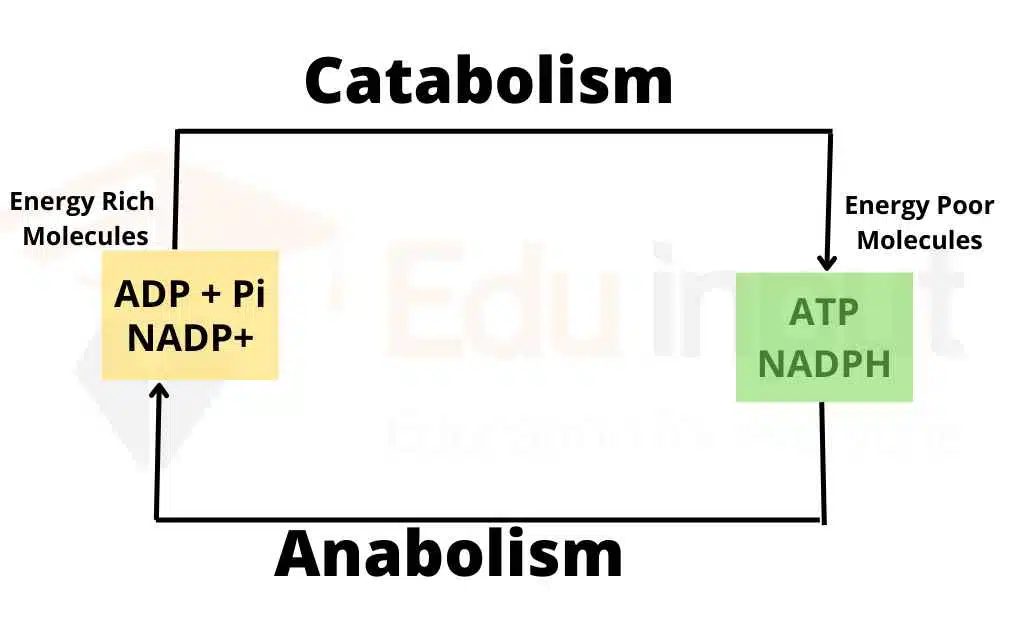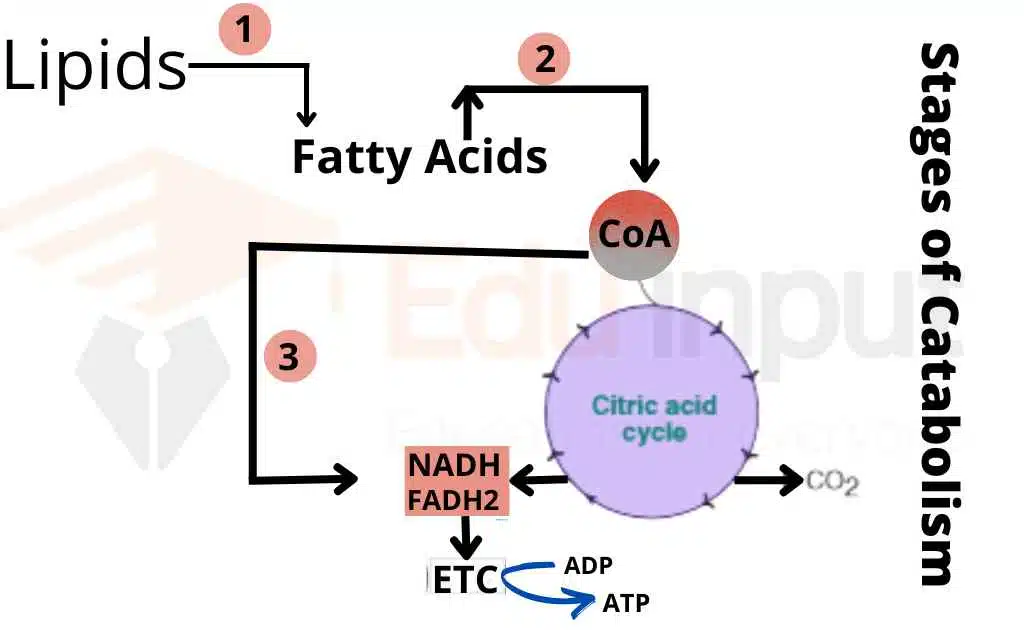Metabolism – Categories, Stages and Examples
Metabolism is the set of life-sustaining chemical processes that convert food into energy to build building blocks for proteins, lipids, nucleic acids, and some carbohydrates.
Enzyme-catalyzed reactions are integral for life as they enable growth and reproduction. In a living cell, there can be hundreds of reactions taking place at the same time. All of these chemical reactions together are called metabolism.
Hundreds of reactions simultaneously take place in a living cell, in a well-organized and integrated manner. The entire set of chemical reactions, occurring in the living system, is collectively referred to as the metabolism.
A metabolic pathway (or metabolic map) is a series of enzymatic reactions that catalyze the production of specific products. The metabolic system of a particular organism works to determine which substances it will find to be nutritious and which are poisonous. In some cases, prokaryotes use hydrogen sulfide as a nutrient. However, the same gas is poisonous to animals.
Categories of Metabolism
Metabolism is broadly divided into two categories :
- Catabolism
- Anabolism
The degradative processes breaking down complex molecules are called catabolism while the biosynthetic reactions of formation for complex molecules are called anabolism.
Catabolism releases energy while anabolism requires energy.
However, it is difficult to have a clear line demarcating between the two processes because there are several intermediates common to both of them. The term amphibolic is also in use for reactions that are both catabolic and anabolic.
Catabolism The very purpose of catabolism is to trap the energy of the biomolecules in the form of ATP and to generate the substances required for the synthesis of complex molecules.

Stages of Catabolism
There are three stages of catabolism:
- Conversion of complex molecules into their building blocks, for example, conversion of lipids to free fatty acids and glycerol.
- Formation of simple intermediates is the second stage in the process of degradation. In this stage, the building blocks produced in stage one are degraded to create simpler products such as pyruvate and acetyl CoA. These intermediates are not easily identifiable as carbohydrates, lipids, or proteins. A small quantity of energy (in the form of ATP) is captured during this stage.
3. Final oxidation of acetyl CoA occurs to completely oxidized CoA to CO2, liberating NADH and FADH2 that finally get oxidized to release a large quantity of energy (as ATP ). The Krebs cycle (or citric acid cycle) is a metabolic pathway that is involved in the final oxidation of energy-rich molecules.
The starting materials For the synthesis of complex molecules include pyruvate, acetyl CoA, and intermediates of the citric acid cycle. Besides the availability of precursors, the anabolic reactions are dependent on the supply of energy (as ATP or GTP) and reducing equivalents (as NADPH + H+). The metabolic pathways occur in specific cellular locations like in mitochondria and microsomes.

Intermediary Metabolism
Intermediary metabolism refers to all of the chemical reactions that take place in cells, tissues, and organs. These reactions can be either catabolic (breakdown of molecules) or anabolic (synthesis of molecules). Energy metabolism is the set of pathways that deal with the storage and release of energy.



Leave a Reply